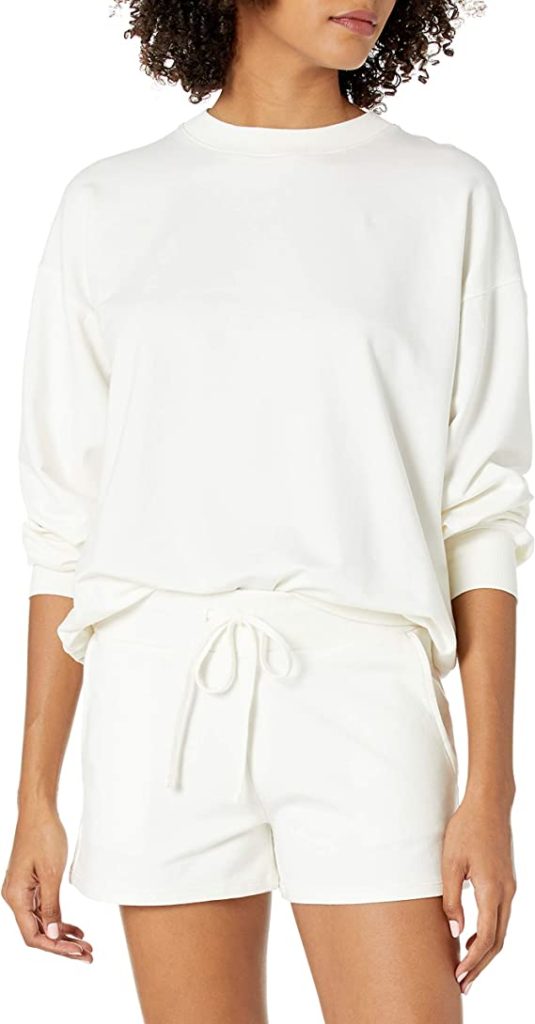Faux leather is a type of material that has many different names. It can be called pleather, leatherette, or vinyl among other things. Faux leather is used by eco-friendly people for many reasons like the fact that it does not require the use of animals. This article will discuss how faux leather works and what you should know about it.
What is Faux Leather?
Faux leather is a manmade material that looks and feels like genuine leather, but it has a few key differences. One of the most popular is the fact that faux leather comes in many colors. This makes it an excellent choice for eco-friendly people who want to buy something new without having to worry about harming animals or destroying rainforest habitats.
Faux leather does not require the use of animals, so it’s great for vegetarians and vegans who want to live more sustainable lifestyles.
PVC and PU are the two main types of man-made leather. The first is made by adding plasticizers and dye to PVC, which make it more flexible with a natural color. Meanwhile, the second type is coated onto fabric like cotton or polyester using a polymer that gives flexibility for an animal hide look alike finish.
While both polyester and nylon are used in making clothing, upholstery, and product covers because of the different characteristics they offer for certain applications. Since plasticized vinyl isn’t as breathable as polyurethane leather it’s less commonly used for clothing or surfaces that come into direct contact with skin like belts because if you’re sweating your clothes will stick to the material more easily which can be unpleasant when there’s no air circulation around them.
PU Fabric is the latest in fabric technology. It’s breathable, so it doesn’t make your clothes sweat or fade like leather might do. What’s more, PU fabric can be found on a variety of high-wear products that are tough and long lasting – from luggage to sports equipment cases!
Pros and Cons of Faux Feather
One of the main pros is that it’s more affordable than other materials like animal skin. Artificial leather is a great alternative to the real thing. It can be made into any color or texture, it’s cheaper and easier to clean than natural leather, and doesn’t involve the death of animals!
The cons are that faux leather can’t be repaired and if you scratch a surface coated with PU, then there will be scratches in your faux leather as well.
However, some people think it’s wasteful to use leather that would normally be used as meat due to the high demand in the market today. The luster with which they develop also offers another reason why many prefer faux leather over real ones but you can’t deny their quality either!
Faux Leather vs Real Leather
There are a lot of differences between faux and real leather. Faux can be made from synthetic material like vinyl or polyurethane, while the genuine article is usually cowhide that’s been tanned. The latter has different finishes and isn’t as easy to wipe down after use because it doesn’t clean up well with water.
However, real leather has lower-emissions than faux. The PU coating can also be made with recycled materials, but it’s usually produced from petroleum byproducts which is not sustainable and the production process of animal hides requires a lot more water and energy to produce than artificial ones that are manmade.
Faux leather looks and feels different from real leather because it’s not made of animal skin. Faux-leather has a shiny, artificial surface that will never flake or peel; unlike the natural texture of genuine cowhide. The pores on faux leather are typically pretty uniform in size and shape, so you’ll have to look for other clues when trying to identify what kind of material your item is made out of!
If you’re looking for an inexpensive option to purchase furniture or something durable – go ahead and buy some faux leather! It’ll save you money while still being good quality. If you prefer buying clothes made from natural fibers like cotton, wool, silk, or hemp for their breathability- stick to those options instead because they won’t make your sweat when worn against bare skin due to different properties inherent in these materials rather than just the material itself.


